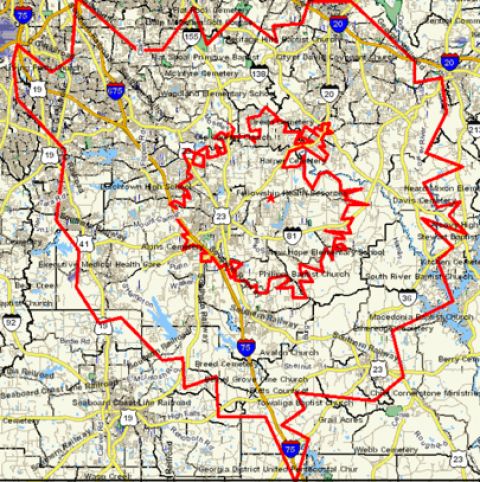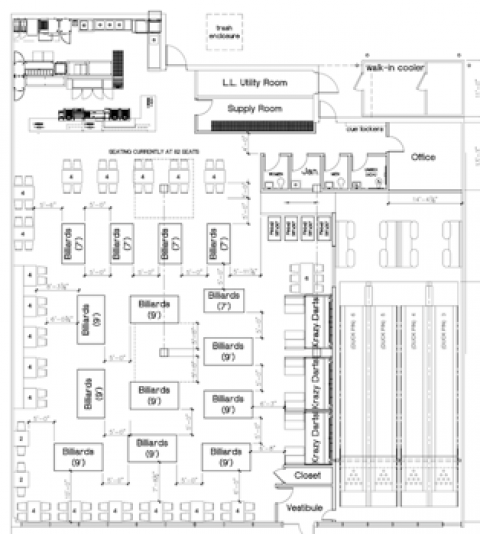
Vol. XXV, No. 9, August 2025
What should a feasibility study include?
The feasibility study is perhaps the most misunderstood aspect of developing a location-based entertainment venue (LBE). Yet, it is the most important step, as mistakes at this early stage can permanently handicap the project's performance, perhaps fatally. A good feasibility study is more than just a set of financial projections that is incorporated into the overall business plan. Done properly, it becomes the market-driven strategic plan that is the road map for all subsequent project decisions. As much as answering the question "Is a project feasible?" a good feasibility study starts with the question of what is most feasible.
This is the mistake that most feasibility studies make. A potential developer typically comes up with a site and an attraction mix and hires a consultant to develop financial projections. That misses two of the most important aspects of assuring the project will be successful - is that the most feasible mix and is it an optimal location for success?
Our company works with clients by starting the feasibility process by analyzing the market to answer those two questions. We first identify and analyze competition, identify the site's potential trade areas based on drivetimes; patterns of travel and shopping; and physical, psychological barriers, and other factors. We then analyze its primary and secondary trade area demographics and socioeconomics. Only then is it possible to determine if an LBE project at that location is feasible, and if so, what mix of attractions and other project characteristics will be most feasible. Often, what we recommend to our client varies from what they originally proposed. Sometimes we tell them an LBE is probably feasible, but not at that site.

One major mistake we've seen in most feasibility studies is the trade areas are identified by mileage radiuses. That is not how consumers behave deciding on what local destinations to visit. Consumers make visit decisions based on drive-times, regular patterns of travel, and other factors. For example, if there is a river in the trade area, it normally will divide trade areas. If there are residents five miles away from the site on the other side of the river, in most cases they will stay on their side of the river and not visit the LBE. In larger cities, the market will divide up into different trade areas based on the location of major retail and restaurant clusters.
With many clients, we often start with a lower cost preliminary market and site evaluation or a one-day consultation before proceeding with more extensive full feasibility analysis and report.
Only once the market feasibility and project are defined is it wise to proceed with the next three phases of a feasibility study:

- Preliminary architectural floor and site plans need to be developed to further refine the project to determine exactly what will fit and to be used to develop a cost estimate.
- A project cost estimate is then developed for all furniture, fixtures, and equipment (FF&E), construction cost, and soft costs. Without a realistic cost estimate, any feasibility study is worthless as the developer will not know how much money they need to raise and if the return on investment makes sense. The construction cost estimate requires working with a general contractor who is experienced with commercial construction including restaurants. There is no way to accurately estimate the construction or total development cost using some dollars per square foot number. No two LBE projects are ever identical in cost.
- Financial projections are made. They include-attendance and per capita spending projections for each category of attendance and three or five year operating financial pro forma projections detailing probable revenue, expenses, profits, cash flow, EBITDA, and return on investment. The projections detail expenditures by revenue and expense category. The projections are based upon the estimates of the project's cost and proposed financing structure (owner equity and loans).
The feasibility study is the foundation for an LBE's success. Mistakes, shortcuts, or oversights in any aspect of preparing the feasibility study can seriously handicap or doom the project.
For a more detailed explanation of a feasibility study, see:
Subscribe to monthly Leisure eNewsletter


